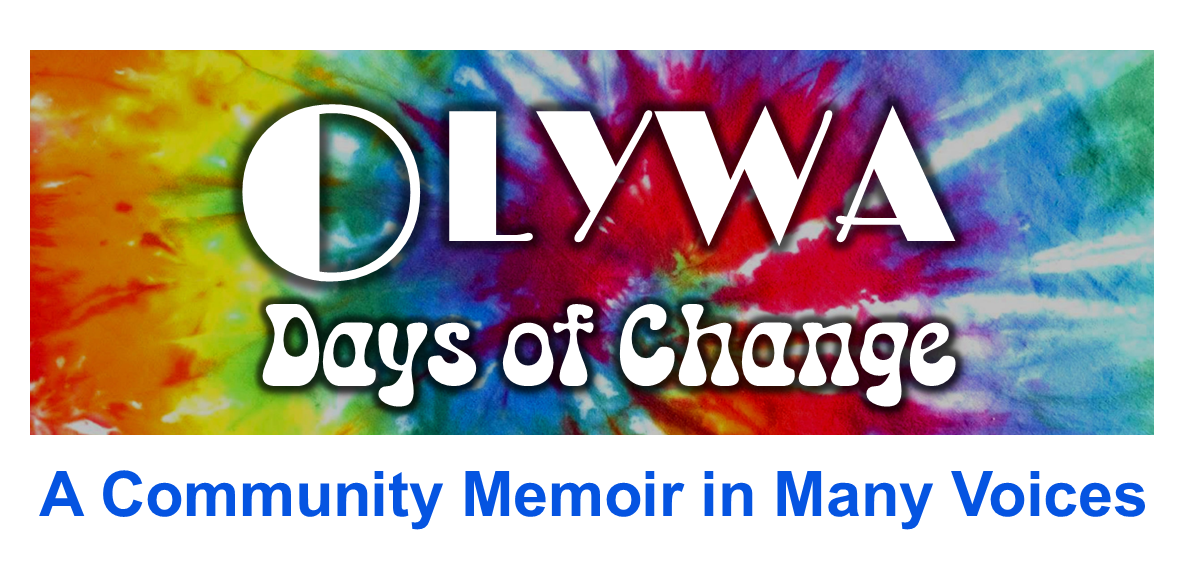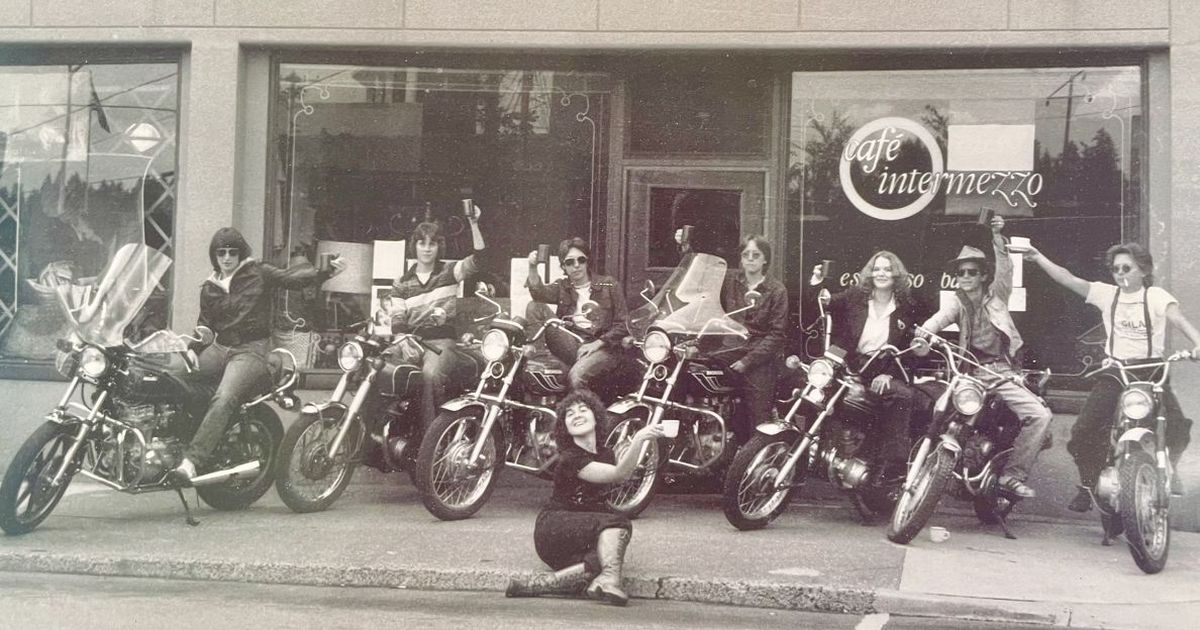Remembering Tom Nogler: Organizer, Activist, Brother
Thomas Wilson Nogler passed away while helping a friend clear brush. Tom was known to family and multitudes of friends as an involved, educated, tireless pillar of the radical progressive community. He was a constant figure on the streets and in meeting rooms, from City Hall to the Artesian Well at the Cop Watch station and on picket lines










